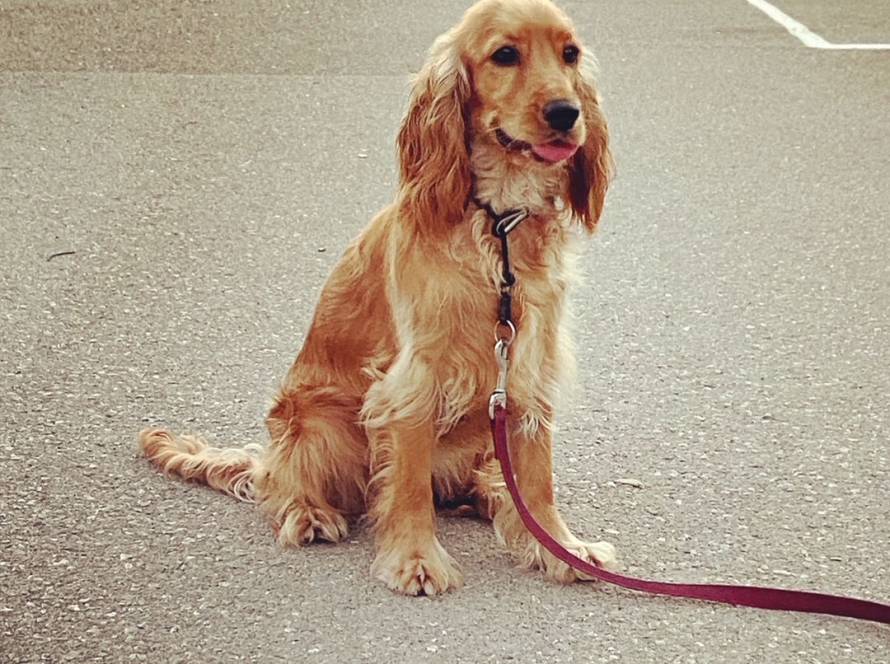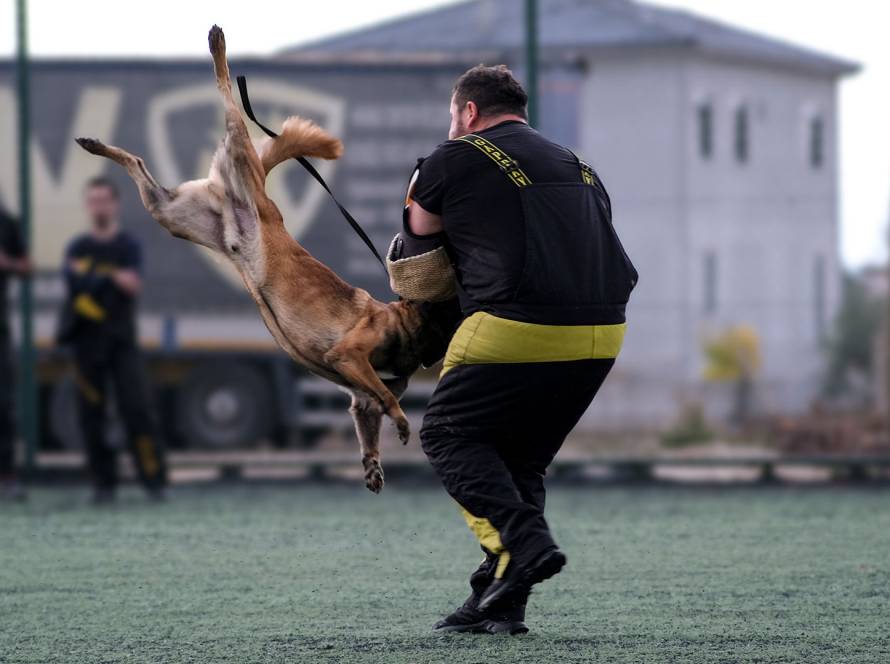Dog training is the process of teaching a dog to behave in a desired way. It can involve teaching basic obedience commands, such as sit, stay, and come, as well as more complex commands, such as heel and fetch. Dog training can also be used to address behavioral problems, such as barking, jumping, and chewing.
There are many different methods of dog training, but the most effective methods are those that use positive reinforcement. Positive reinforcement involves rewarding the dog for good behavior, which helps the dog to associate good behavior with positive consequences.
Some of the most common dog training methods include:
- Clicker training: Clicker training uses a clicker to mark desired behaviors. When the dog performs the desired behavior, the trainer clicks the clicker and then gives the dog a treat. This helps the dog to learn which behaviors are being rewarded.
- Treat training: Treat training is similar to clicker training, but it uses treats instead of a clicker. When the dog performs the desired behavior, the trainer gives them a treat.
- Praise training: Praise training involves rewarding the dog with praise for good behavior. This can be just as effective as using treats, and it can be a good option for dogs who are overweight or have health problems.
- Negative reinforcement: Negative reinforcement involves removing an unpleasant stimulus when the dog performs the desired behavior. For example, if the dog is barking, the trainer might turn off the TV or radio. This can be effective in some cases, but it is important to use negative reinforcement sparingly, as it can be stressful for the dog.
- Aversion training: Aversion training involves using an unpleasant stimulus to punish the dog for bad behavior. For example, if the dog is chewing on furniture, the trainer might spray them with a water bottle. This type of training can be effective in some cases, but it is important to use it sparingly, as it can be harmful to the dog’s mental and emotional well-being.
The best dog training method for your dog will depend on the individual dog’s personality and needs. It is important to find a method that is humane and effective, and that you are comfortable using.
Here are some tips for dog training:
- Start training early. Puppies are easier to train than adult dogs, so it is important to start training them as early as possible.
- Be consistent. It is important to be consistent with your training methods and rewards. This will help the dog to learn what is expected of them.
- Be patient. Training takes time and effort. Don’t get discouraged if the dog doesn’t learn something right away. Just keep practicing and be patient.
- Make training fun. Training should be a positive experience for both you and the dog. Use positive reinforcement and avoid using punishment.
With patience and consistency, you can train your dog to be a well-behaved and enjoyable member of your family.

